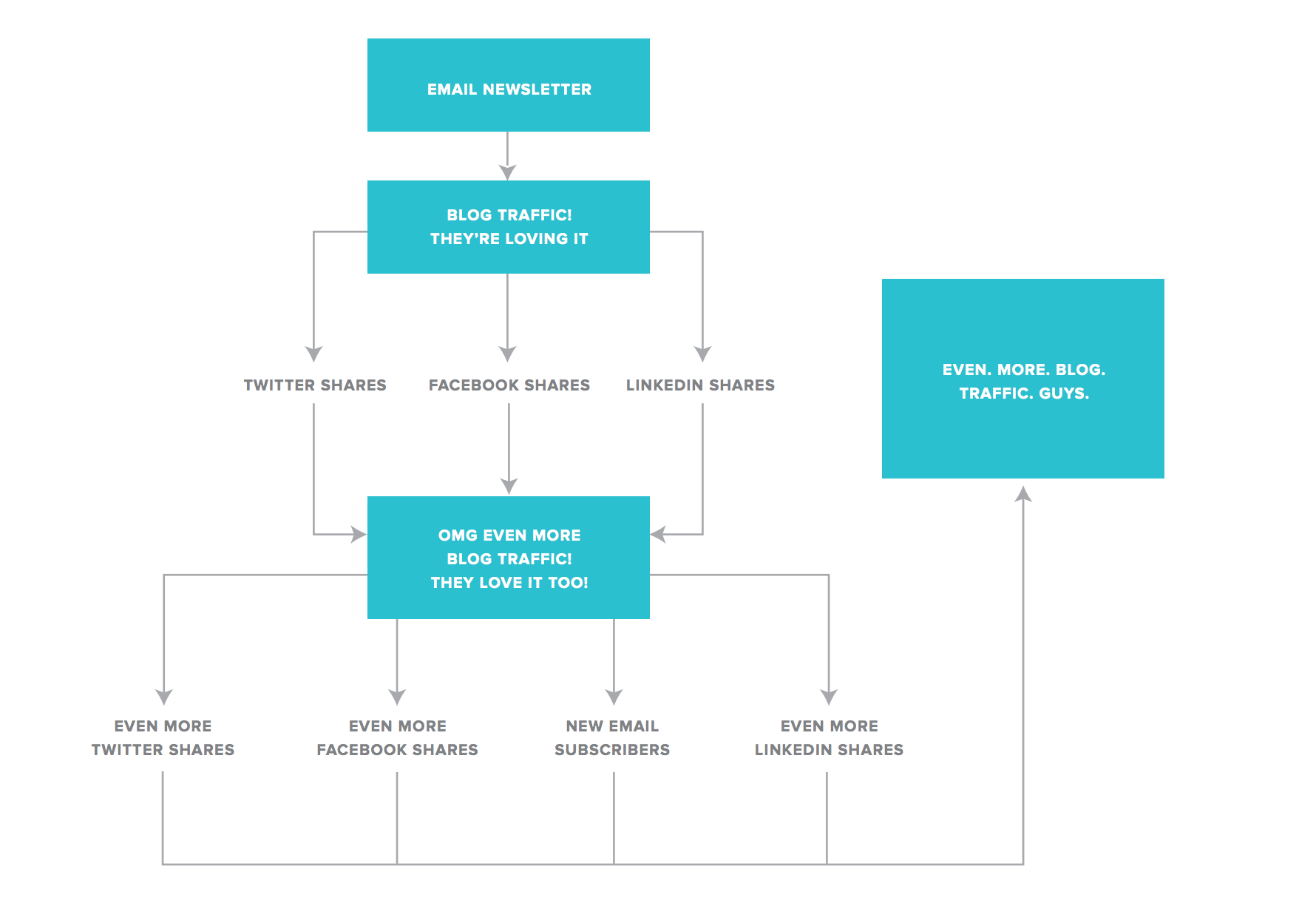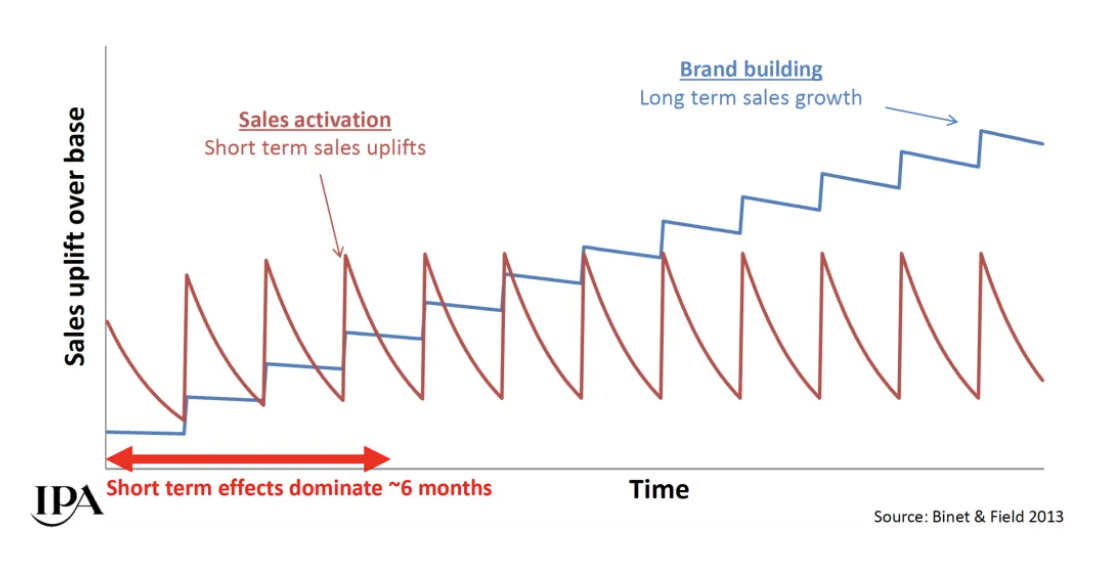Ask a Content Strategist
Ask a Content Strategist: Answers to Your 7 Biggest Content Questions
I got my first taste of digital media success the summer before I went to college. My friend Andy and I went up to Albany to watch the New York Giants training camp. At every practice, I’d write 1,500 words on the best and worst performers, and send my post to a Giants fan blog. After the articles went live, readers would send in hundreds of comments. Each one was a shot of dopamine, and I knew I wanted more.
Since then, comments and questions have been the content metric I secretly value over likes and shares and views. Did I make people think about things differently? Did I spark enough curiosity to make someone want to learn more?
By that measure, our webinar on the science of storytelling a few weeks ago was a big success. By the time we got to the Q&A, there were nearly 100 questions in the chat. I answered as many as I could live, but I also wanted to give the best of the rest some love in a content mailbag. Let’s dive in.
Should we change anything about our storytelling because of the COVID-19 situation?
-Anthony
Over the past month, the phrase I’ve come to loathe the most is “business as usual.” Nothing about our current situation is usual. Our work and personal lives have changed in very real ways.
As marketers, our top priority right now should be helping our audience overcome the challenges they face. If we do that, we’ll build trust, nurture leads, and have a strong pipeline when the economic landscape shifts. To steal a line from Hootsuite, we need to “do good or make people feel good.”
For most brands, doing good means taking action in the fight against Coronavirus. For example, we’re raising funds for emergency grants for freelance creatives in need.
The easiest way to make people feel good is to create high-quality content that educates and entertains them. As a marketer, think of yourself as in public service. If you’re in finance, help people take advantage of every financial program available to them right now. If you’re in healthcare, follow GE’s lead and share important innovations that can help fight the disease. If you’re in marketing or technology, help people figure out how to work more effectively together.
However, don’t just create coronavirus content for the sake of it. In other words, don’t be this brand.
Bottom line: Everything that’s going on right now should prompt us to reevaluate the stories we tell and ensure that we’re prioritizing the ones that’ll help people the most.
What is your opinion on sending email content regarding the current situation?
-Ryan
Email remains the best way to reach your audience with stories and build a connection. When done well, it amplifies your traffic across all other organic channels. Coronavirus doesn’t make that any less true.

But we do have to be extra careful about the amount of emails we’re sending right now. This is what my inbox looked like for most of March:

Apparently, I have a lot of friends at Via. I also have a second family—the sweetgreen family, and they would like to take care of me during this unusual time. And Target considers me a “guest” because …. yeah, I guess I did get drunk and fall asleep in the camping section that one time in college.
We all get too many emails from brands, in part because it’s one of the toughest things for companies to manage. Product is sending a survey, the content team is sending a newsletter, customer marketing is sending a product update, and the sales team is reaching out with a special expansion proposal. And that’s when everything is normal. In times like this, our instinct is to do more, more, more. We try to drown our business anxiety in hyperactivity.
At Contently, we definitely sent a few too many emails to some folks after the crisis hit. Last month, we quickly spun up new virtual events to address challenges our audience were facing, like remote content collaboration and making the case for content marketing. These events had a ton of sign-ups, but in the course of promoting them, we ended up sending too many emails to people who were already signed up for our weekly newsletters. Once we realized this, we vetted our lists and reduced our email frequency.
In other words: Keep sending helpful content to your audience, but audit your email comms and ensure that people aren’t on overlapping campaigns. Even your most engaged contacts shouldn’t hear from you more than twice a week.
What if I am writing for tech savvy audience? Does it still make sense to write at a 4th grade level?
-Anna
You’ve talked about white papers at the beginning and the “level” at which they should be written—does that apply to brands across the board? We are in institutional asset management and continuously struggle with the “tone” and “level.” Senior management is pushing for academic level and the marketing team is pushing for something lower?
-Herbert
After my last webinar, I got a lot of questions about our research on content fluency. Should all brands really strive to write at an elementary or middle school level? Even B2B brands in niche industries?
The answer: Yes.
Complexity doesn’t equal authority. Whether you’re writing about institutional finance or pharmaceuticals or email marketing, you should make your writing clear and enjoyable to read. Doing so leads to a huge competitive advantage. If you’re the only one in your industry who does that well, people will turn to you first. You’ll earn their loyalty.
Now, your content may require some technical industry jargon. If that raises your reading level, that’s okay. But a lot of jargon can often be simplified into basic terms, so try to keep it to a minimum.
How relevant do you see content marketing being for B2B companies, and which kinds of content would you recommend?
-Herbert
In many ways, content marketing is more important for B2B companies than B2C companies. I wrote about why a couple years go:
People only want to read and watch content about their passions, and those things tend to fall into two camps:
A) Content that helps people enjoy their personal passions, like sports, gaming, wellness, fitness, cooking, travel, health, and, in my case, bouncy castles and large water slides.
B) Content that makes people better at their jobs, where they spend most of their days. These people desperately need to improve if they want to retire before they’re 85 years old and Boca Raton is somewhere under the Atlantic Ocean.
If you’re a B2C brand, you’re likely playing in the first camp. And the competition for attention there is fierce. If you want to stand out, you need to drop someone from space or tell truly unique stories—like Marriott or Dollar Shave Club—to stand out.
If you’re B2B, you still need to create content that stands out, but there’s much less competition. Condé Nast isn’t about to launch a magazine to help content marketers measure ROI. Meredith won’t start a new pub to help healthcare executives navigate the complex regulatory landscape. As a B2B brand, you likely have knowledge and expertise people crave.
This is a topic I’m weirdly passionate about. I even made a video about it!
Obviously every audience is different, but in general, what types of media and placements are most effective for storytelling, particularly for B2B on a small budget?
-Justin
There’s no universal rule here. You should reach your audience on the channels where they’re most engaged.
Our two biggest traffic sources are search and email. Search helps us reach thousands of new people who subscribe to our weekly newsletter. Then that weekly newsletter keeps them coming back. We’re a B2B startup with a pretty small budget, too, so we’re very deliberate about which keywords we target, focusing on terms like “content audit” that bring in readers likely to subscribe.
After that, LinkedIn is our biggest social channel. We have two new LinkedIn newsletters, The Storytelling Edge and The Content Report, that are growing by about 500 subscribers per week. We try to repurpose content as much as possible, so after a few days or a week, we repost our LinkedIn newsletter to our blog, reaching our audience in two places.
The biggest key is to tailor your content to the channel. On Twitter, threads work super well; often, we’ll summarize the contents of an entire article on Twitter, especially if it’s data-heavy, so our audience doesn’t have to click out of the feed.
We're aiming to raise $50,000 in emergency grants for the @freelancersu's Freelancers Relief Fund to help freelancers facing economic hardship during #COVID19. Here's why 👇🏼 1/https://t.co/PV6Rwsn7tb
— Contently (@contently) April 7, 2020
On Facebook, native video is king. Once you figure out where your audience spends their time, study that channel to figure out what works best. Short “NowThis” style social video and animated explainers work really well here, and they’re much less expensive to produce than live-action shoots.
How can I express the value of emotion in advertising to a leadership team that is highly focused on price-based messaging?
-Christine
Every brand needs to find the right balance of short-term sales activation with long-term brand building. The problem is that most organizations invest much more in the former than the latter.
Leading marketing researchers Les Binet and Peter Field have found that the ideal split of resources is 60/40 in favor of long-term brand building. (My ex-colleague, Guissepe Caltabiano, has a great breakdown on it here.)
While price-based offers will deliver an immediate short-term boost, those gains mostly disappear after six months. Brand building efforts, however, deliver compounding returns over time and a long-term uplift in sales. You can still use short-term sales activations to get over the finish line in any given quarter, but brand building is the key to long-term success.
Unfortunately, we’re drawn to short-term sales activations because:
1. They’re easy to measure. You send an offer, people click and buy, and you can measure the ROI.
2. The immediate results make our brains feel good.

But it’s not a great long-term strategy. Ask your leadership team: Do they only care about boosting sales for the next 3-6 months? Or do they want to build a brand that lasts?
What tips do you have about formatting copy? For instance, do bullets kill storytelling?
-Eric
Some thoughts here:
- Bullets are a great way to break down complex information and make it easier for our brains to absorb information. Bullets, lists, and images are a great way to keep people’s attention and cater to visual learners because it mixes up the monotony of long text blocks.
- However, don’t begin an article with bullets. That’s snoozetown. Start with a relatable story or anecdote that invites your audience in.
- Lastly, make formatting choices with intention. I tend to use shorter paragraphs to cater to mobile readers. I also almost always use H2s or bolded questions to break a piece up so it’s easier for people to digest. When in doubt, copy the formatting choices from others that you enjoy the most. And never make a bullet as long as this one. Honestly, it’s just getting out of hand.
Joe Lazauskas is Contently’s former head of marketing and co-author of The Storytelling Edge. Ask us your most pressing content strategy questions here.
Get better at your job right now.
Read our monthly newsletter to master content marketing. It’s made for marketers, creators, and everyone in between.




